|
After breakfast we started with a walk around the gardens at the Luna y Mares hotel and saw a Miami Blue Cyclargus thomasi, Mesogramma Skipper Atalopedes mesogramma and a Chestnut Leafwing Cymatogramma echemus. We also watched a female Fiery Skipper Hylephila phyleus as she flew around over the parched 'lawn' looking for somewhere to lay. To my surprise instead of searching for green grass blades in the less scorched areas she laid on a dead grass blade. I'm not on my knees praying here, I'm taking the photo of the egg with the Panasonic compact TZ41. It would have been so interesting to have marked the egg and observed when it hatched. How long did it take, was development delayed until after substantial rain that let new grass grow or did the egg simply hatch after a given number of days? Whilst watching for a while from the balcony near the Mares pool I noticed a Northern Mockingbird watching me from the top of the bushes about 25 metres away. I was curious to know why so waited patiently sitting on the balcony wall and taking care not make eye contact with it and making little movement. After a while it flew across into the small bushes next to me and the reason became clear. Like many of the small warblers it was after the lantana berries on the bushes close to me. The Mockingbird gradually came closer and closer until it was just a few feet from me and started feeding. Suddenly it started looking intently downwards and flicking its wings and tail with alarm. I think the most likely reason was that there was a snake very close to me just below where I was sitting. We have seen two species here in the gardens - the Cuban Boa Chilabothrus angulifer and the Cuban Racer Cubophis cantherigerus (though there may well be others too). I think the latter was more likely but I couldn't see it without disturbing the bird. It was a wonderful ten minutes spent with an enchantingly confiding bird. And there were a couple of anoles that joined me on the balcony, they were looking for insects too. And a Cuban endemic the Cuban Snout Libytheana motya and Cuban White Ganyra menciae. The latter is said to be also found on St Lucia and Venezuela though this would be an extremely odd distribution so further work needs to be done. The rest of the morning was spent at the Las Guanas nature reserve just on the western boundary of the hotel. The first find was rather unexpected and was made by Lynn. It was a Three-banded Sphaero Sphaerodactylus nigropunctatus in the entrance building where you pay the 3CUC entrance fee. Sphaeros are mainly nocturnal so it was great to find one during the day. But apart from the Sphaero we didn't see anything unusual that we hadn't seen many times before though we did learn that Cuban Iguana and Cuban Boa had both been seen on the reserve recently. We haven't yet seen either here but live in hope. I'd quite like to go in here at first light or at night looking for reptiles but that isn't possible unfortunately. Sadly the former is still killed for food so is rare around here, and the boa is also killed in many places just because of people's fear of snakes despite the fact that none are any danger to humans - quite the reverse.
0 Comments
Leave a Reply. |
Welcome to our Blog
Here we will post interesting news about what we and others have seen in Cuba. Archives
July 2024
Categories |
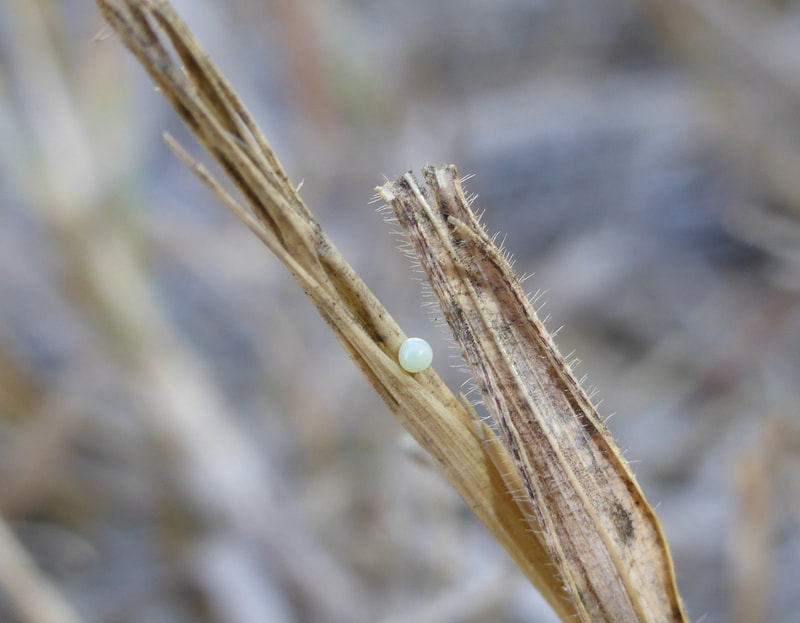
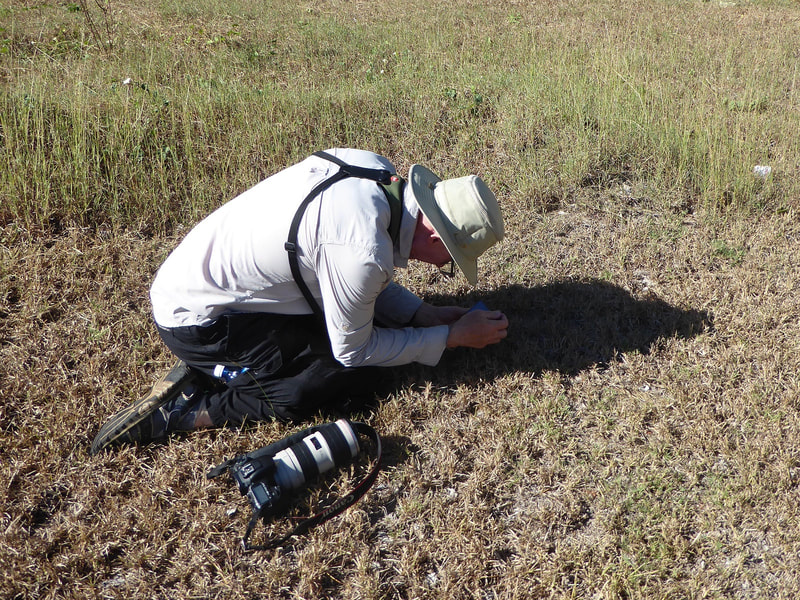
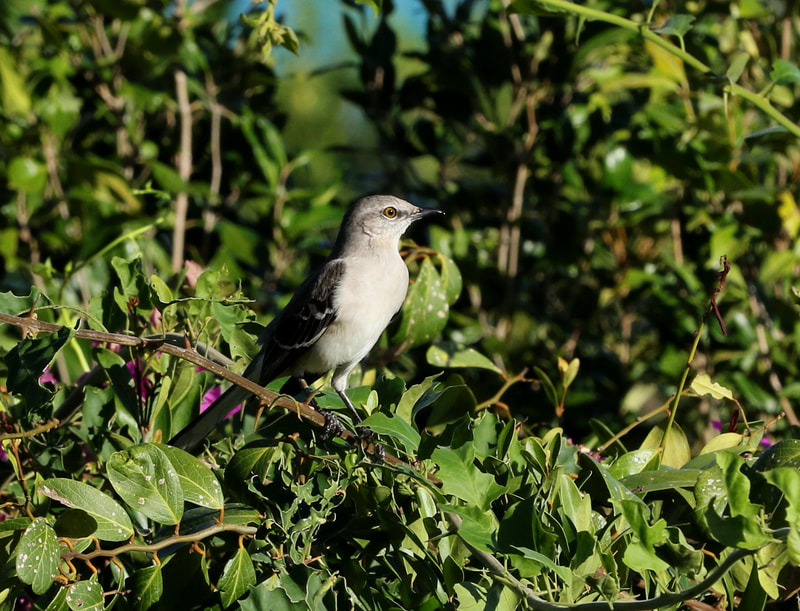
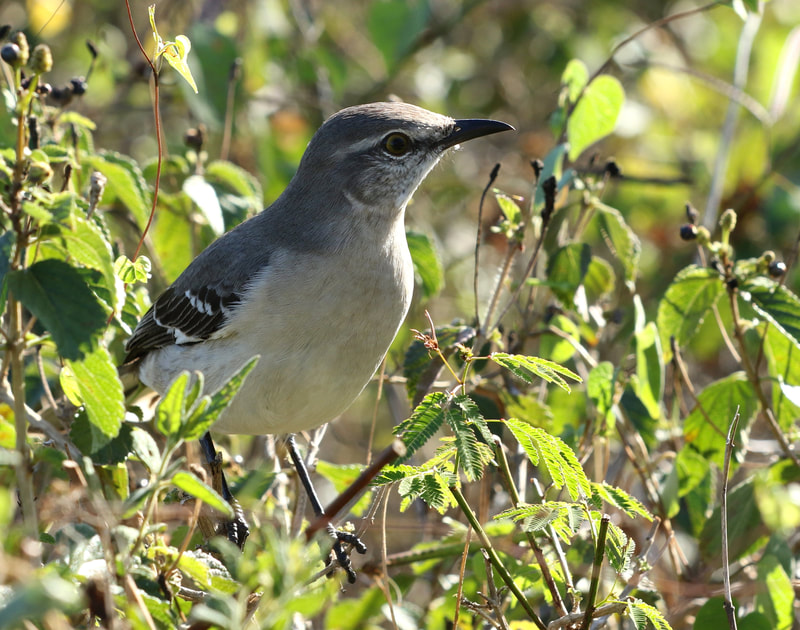
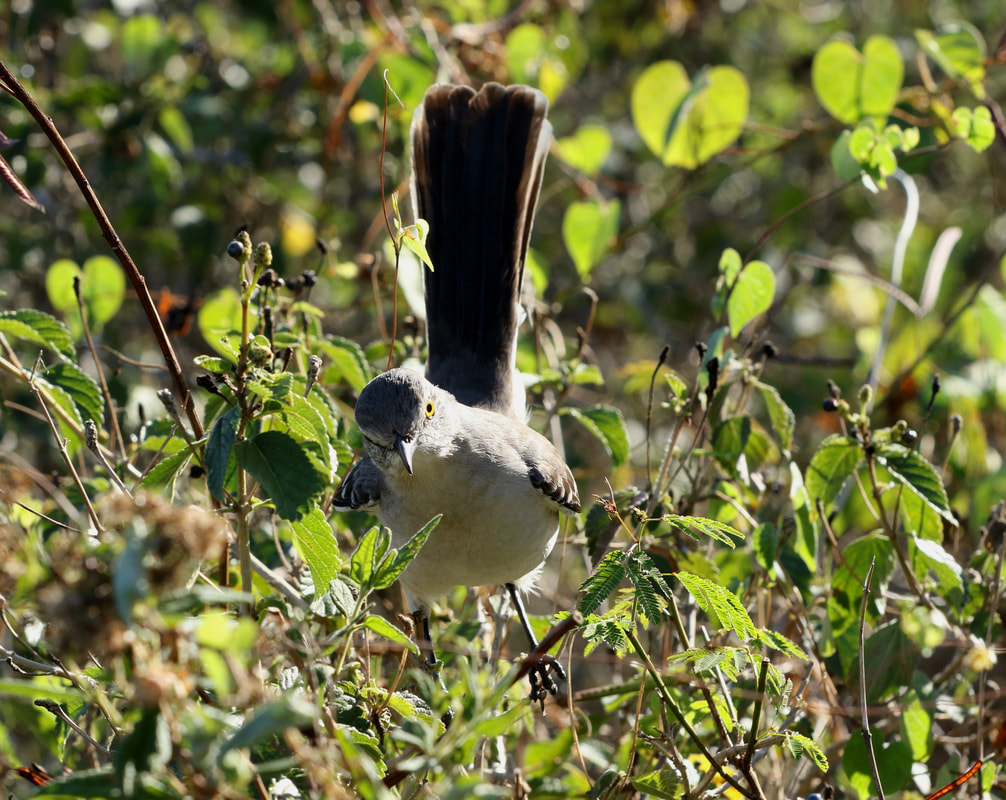
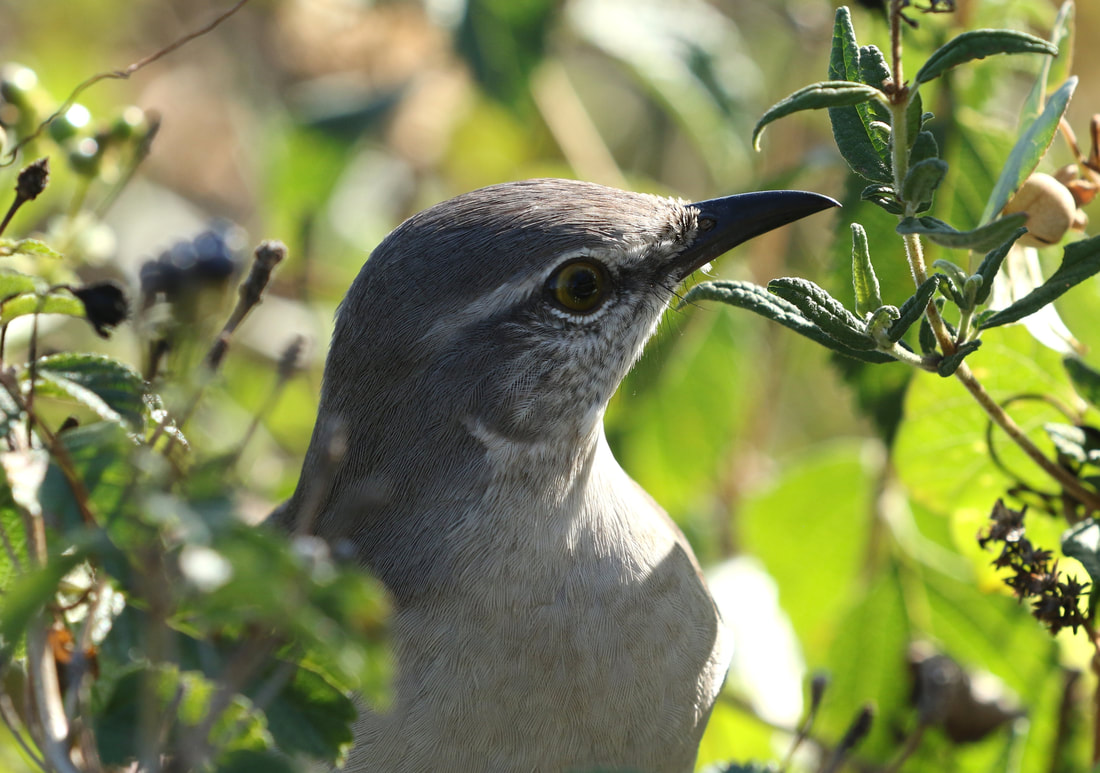
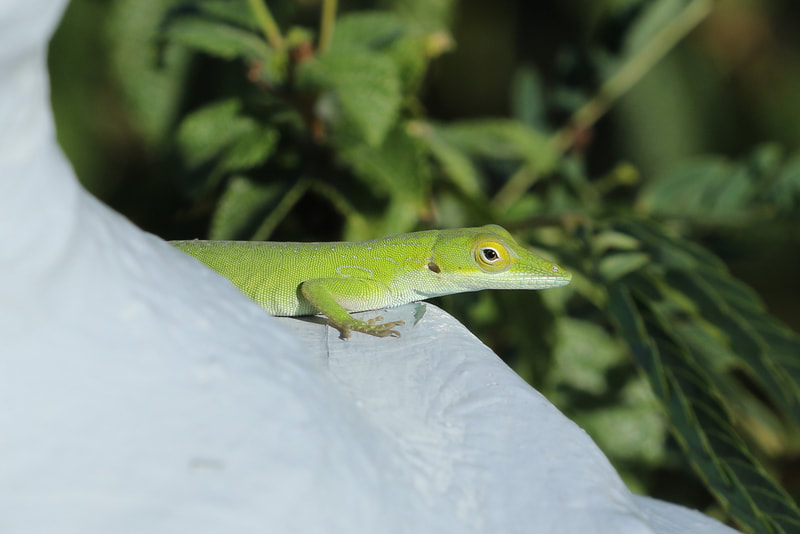
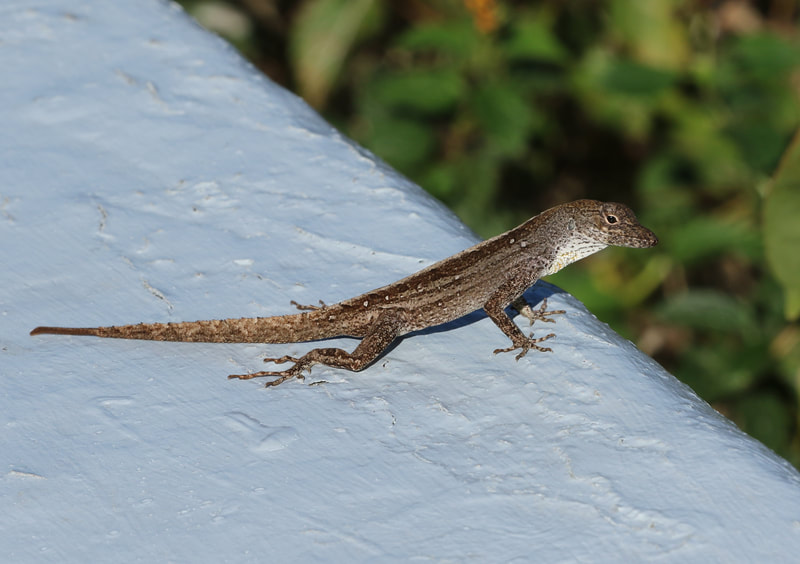
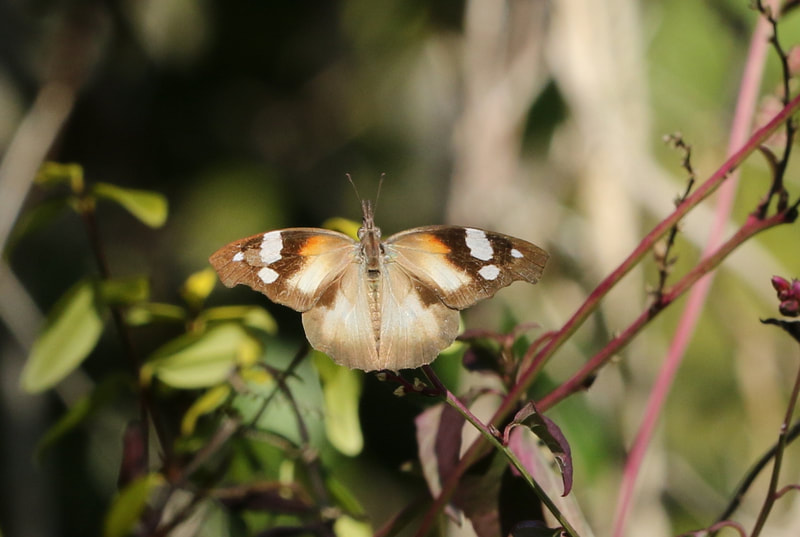
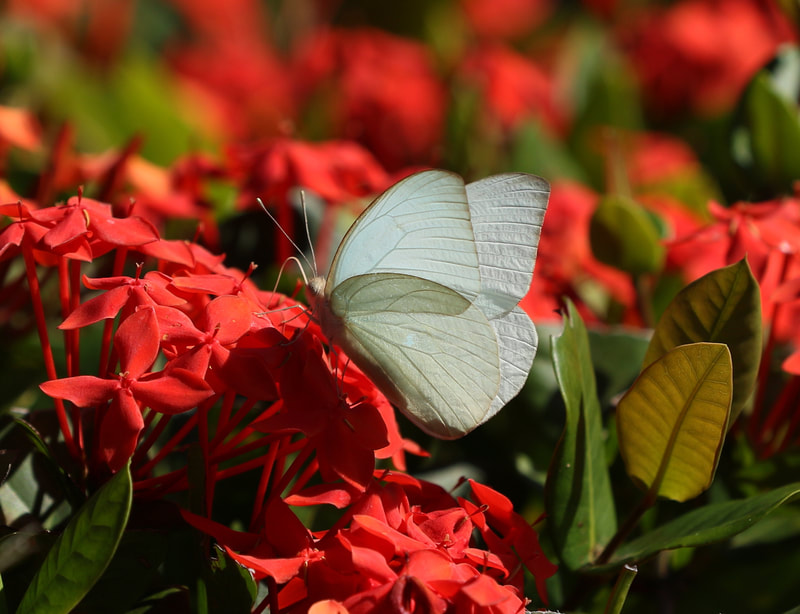
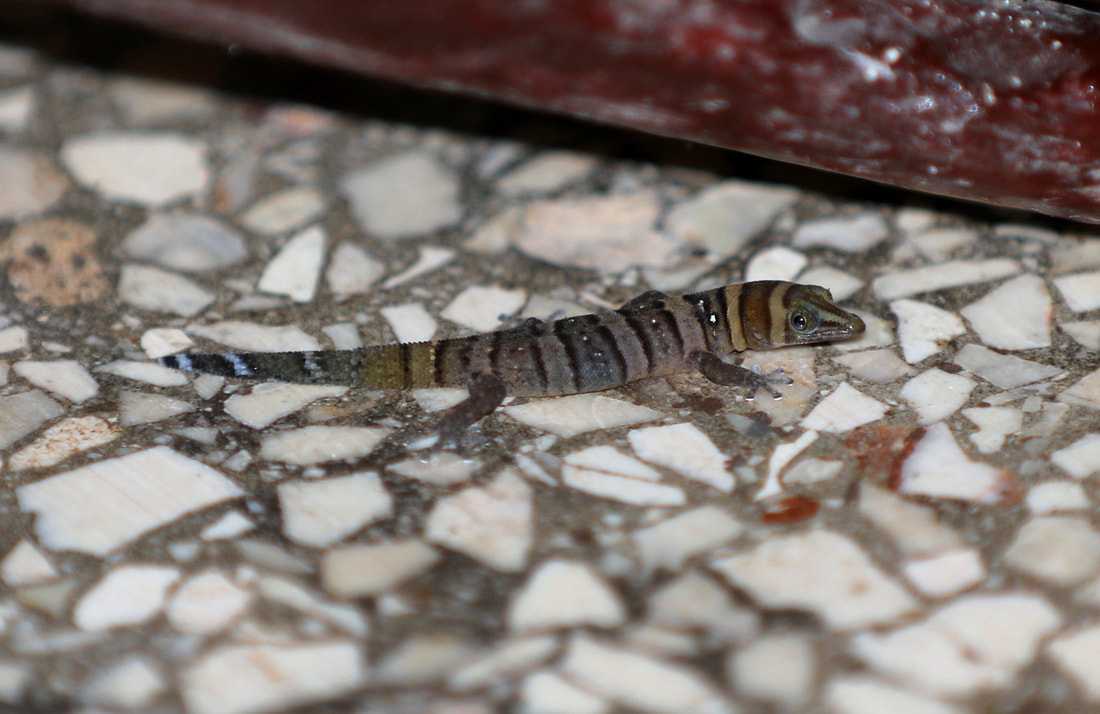

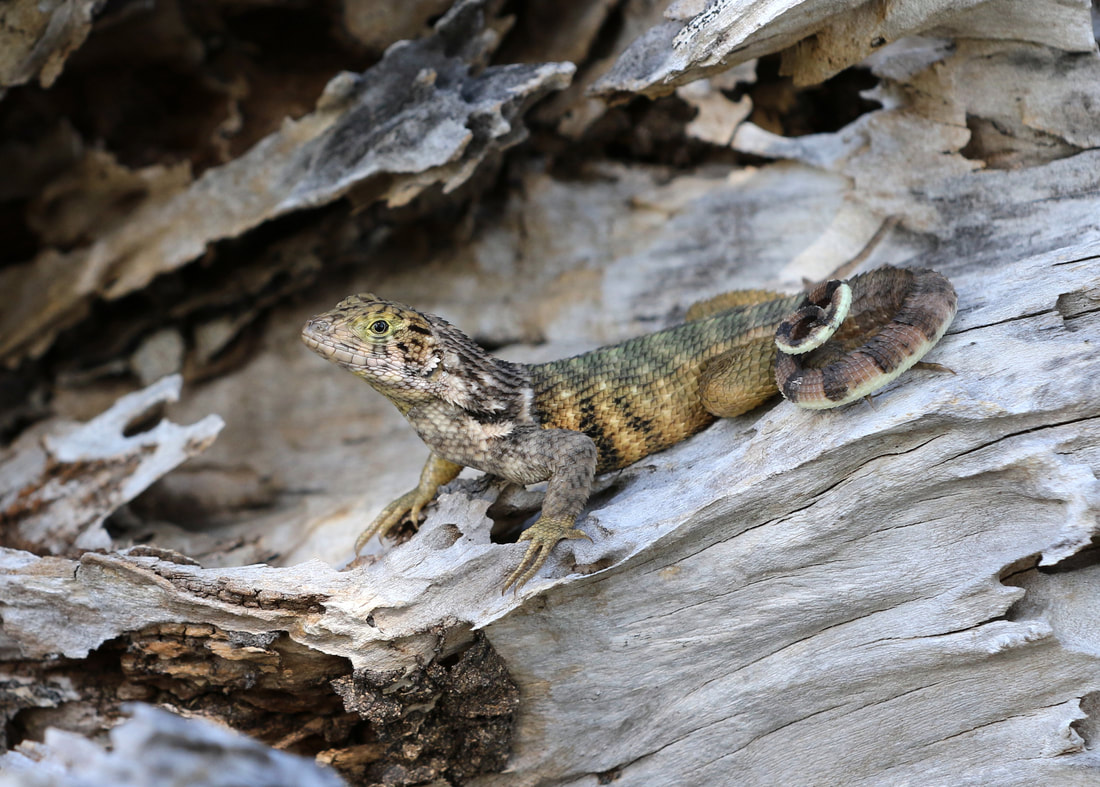
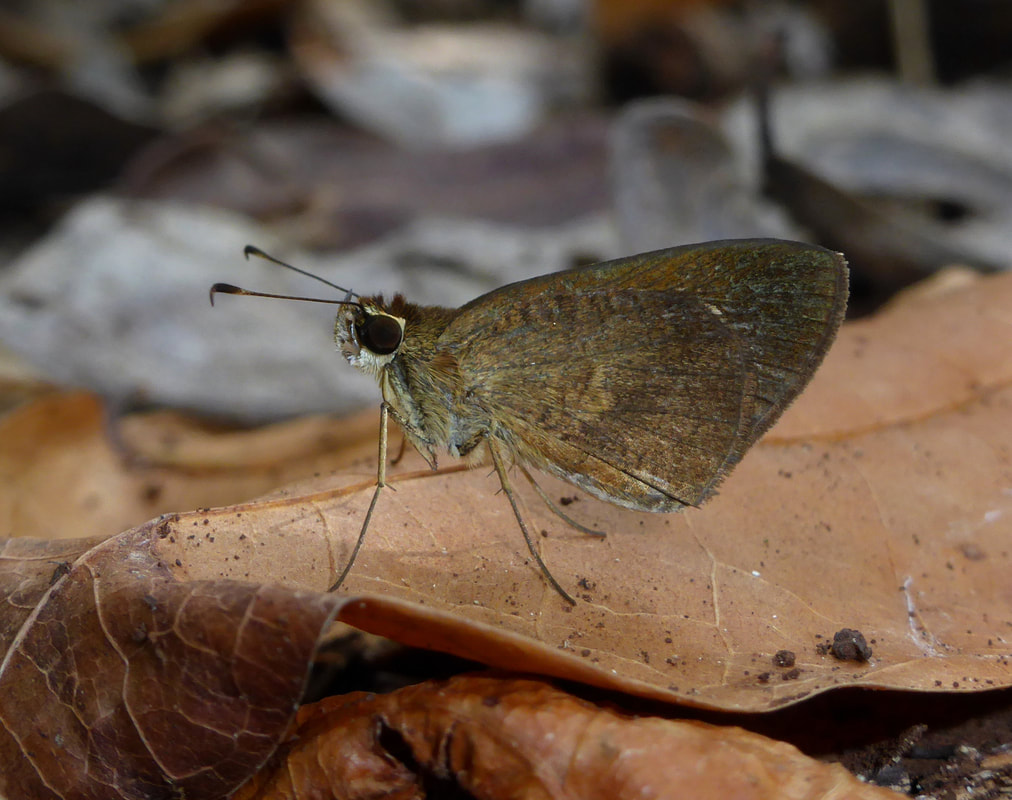
 RSS Feed
RSS Feed